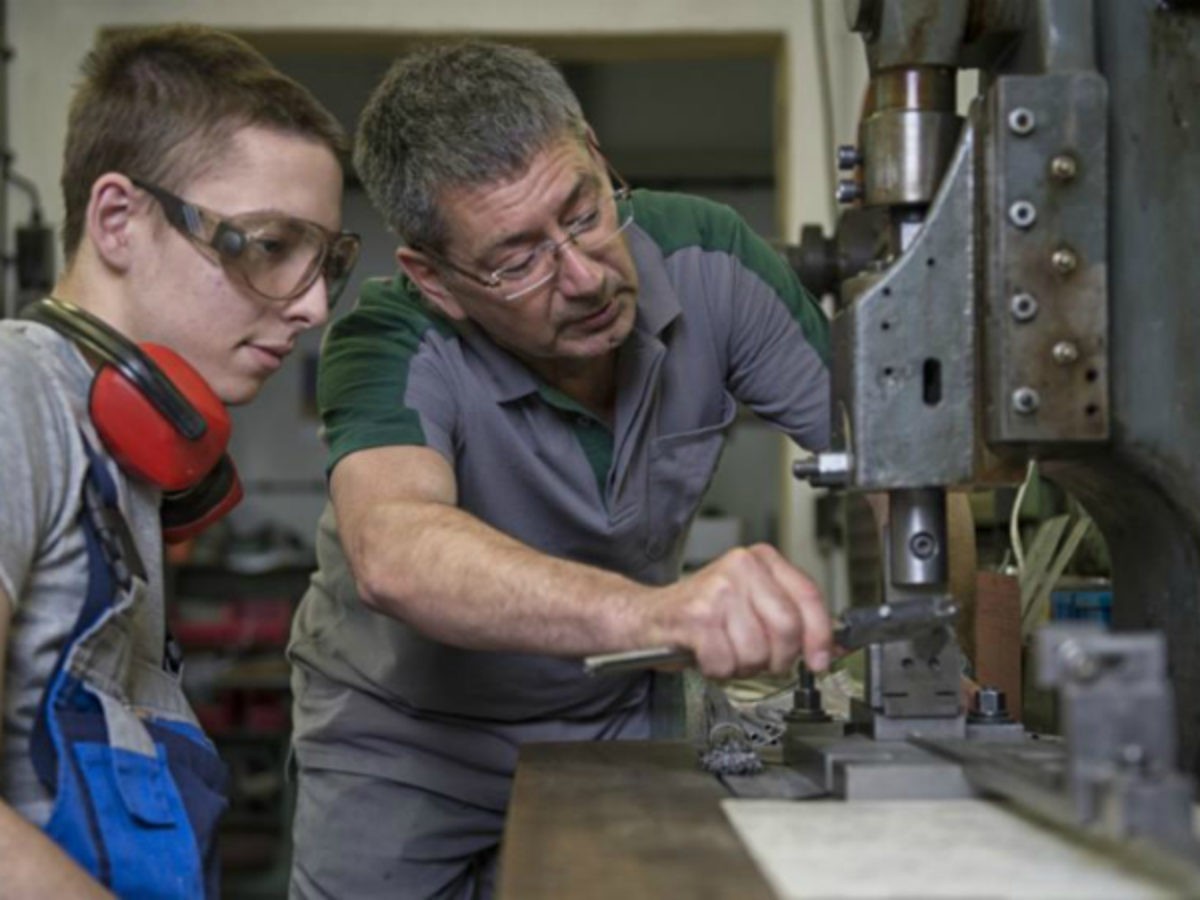
How to quickly start your car
It finally happened to you. Your car battery is dead and now it won't start. Of course, this happened on the day when you overslept and are already late for work. Obviously this is not an ideal situation, but it has a relatively quick fix: you can just start the car.
Jumpstarting is when you use another person's car to give your car enough power to start the engine. Here is a step by step guide on how to start your trip.
First, a warning: Starting a car can be very dangerous. Failure to follow the rules could result in serious injury or death. There is also a risk of damage to any vehicle if not done properly. In general, battery vapors are highly flammable and in rare cases can cause a battery to explode when exposed to an open spark. (Typical car batteries produce and emit highly flammable hydrogen when charged. If the expelled hydrogen is exposed to an open spark, it can ignite the hydrogen and cause the entire battery to explode.) Proceed with caution and follow all instructions strictly. close. If at some point you are not 100% happy with the process, seek the help of a professional.
Okay, with that said, let's go!
1. Find someone who starts your car and is willing to help you start yours. You will also need a set of connecting cables to get the job done.
Note: I suggest wearing safety goggles and gloves when starting any vehicle. Safety first!
2. Locate the battery in each vehicle. This will usually be under the hood, although some manufacturers place the battery in hard-to-reach places, such as under the trunk floor or under the seats. If this applies to any car, there should be remote battery terminals under the hood, which are placed there in order to start the engine from an external source or charge the battery. If you cannot find them, please refer to the user manual for help.
3. Park the running vehicle close enough to the non-running vehicle so that jumper cables can pass between both batteries or the remote battery terminals.
4. Turn off the ignition in both vehicles.
Attention! Be careful when performing the following steps to ensure that the correct battery leads are connected to the correct battery terminals. Failure to do so may result in an explosion or damage to the vehicle's electrical system.
5. Attach one end of the red positive cable to the positive (+) terminal of the healthy battery.
6. Attach the other end of the positive cable to the positive (+) terminal of the discharged battery.
7. Attach the black negative cable to the negative (-) terminal of the good battery.
8. Attach the other end of the black negative cable to a good ground source, such as any bare metal part of the engine or vehicle body.
Attention! Do not connect the negative cable directly to the negative terminal of a dead battery. There is a risk of sparks when connected; if this spark occurs near the battery, it could cause an explosion.
9. Start the car with a good battery. Let the vehicle come to a steady idle.
10 Now you can try to start the car with a dead battery. If the car does not start immediately, crank the engine for no more than 5 to 7 seconds at a time to avoid overheating the starter. Be sure to take a 15-20 second break between each attempt to allow the starter to cool down.
11 Once the car starts, leave the engine running. This will allow the car's charging system to begin recharging the battery. If your car won't start at this point, it's time to call a mechanic to help diagnose the root cause.
12 Now you can disconnect the connection cables. I suggest that you remove the cables in the reverse order that you connected them.
13 Close the hoods of both vehicles and make sure they are fully locked.
14 Be sure to say thank you to the person who was kind enough to provide you with a vehicle to start your car! Without them, none of this would have been possible.
15 Now you can drive your car. If you only have a short distance to travel, choose a longer route to your destination. The idea here is that you should drive for at least 15 to 20 minutes so that the car's charging system recharges the battery enough for the next time you need to start it. Be sure to check all your lights and doors to see if anything is left on or stays on, which likely caused the battery to drain in the first place.
Now you should consider having a qualified technician inspect your vehicle. Even if your car starts up after the jump, you should check and replace the battery to make sure it doesn't happen again. If your car won't start, you'll need a mechanic to diagnose the starting problem.

